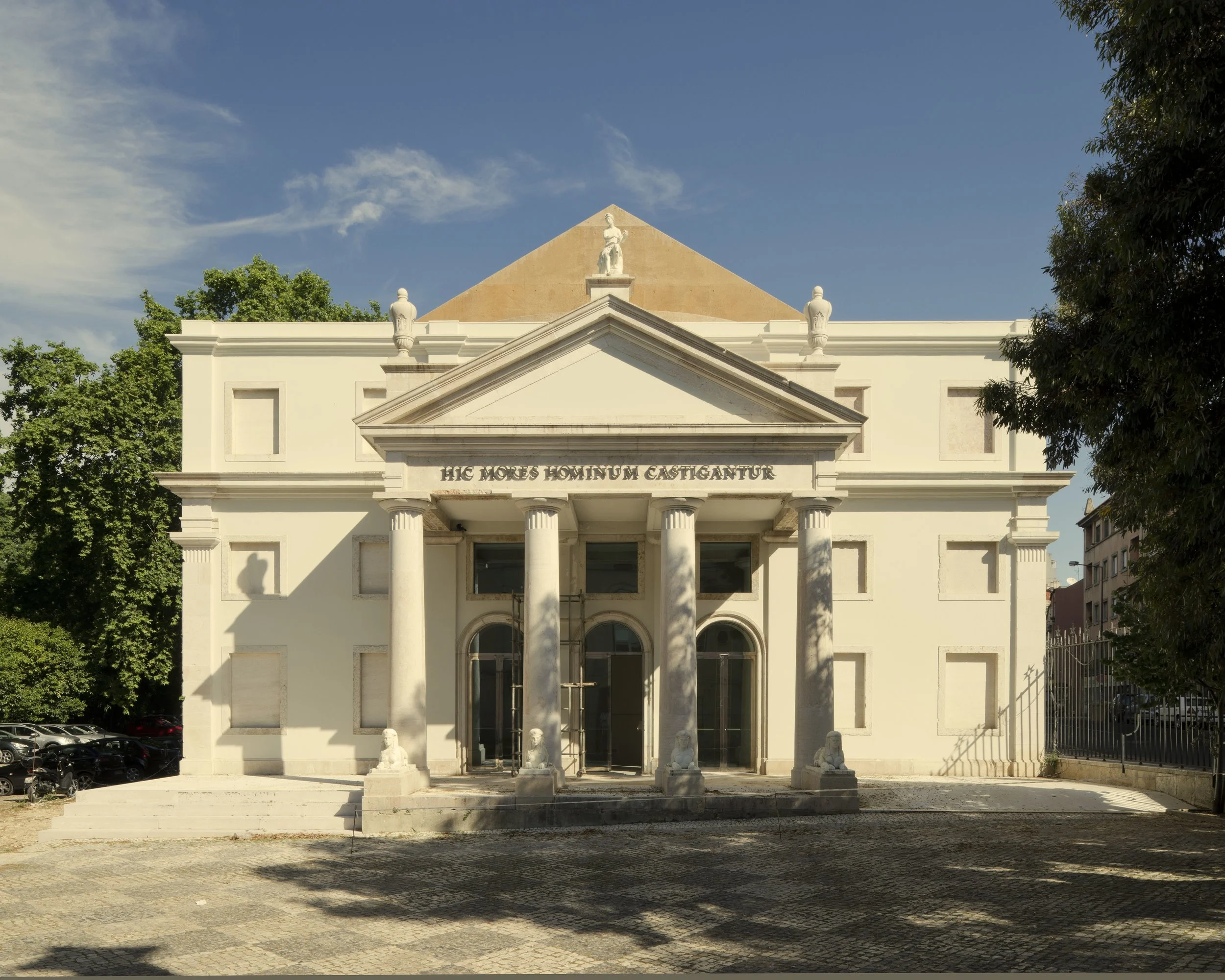Thalia Theatre
The Thalia Theatre dates from 1840s and it was built for the eccentric aristocrat Count of Farrobo as his private venue to perform theatre and opera shows and to throw extravagant parties for his own enjoyment, in the gardens of his palace at the outskirts of Lisbon. In those years, the area was scarcely occupied by palaces and adjacent gardens and farms whereas today it oscillates between a consolidated fabric along Estrada das Laranjeiras and the gardens of Lisbon’s Zoo.
In 1862, a fire burned down the building with all its luxurious decoration of gilded wood, mirrors, and chandeliers. By then, Count of Farrobo was already facing financial difficulties, preventing him from restoring the theatre which remained in ruins until 2008 when the Portuguese Ministry of Education and Science decided to commission a study to transform the ruined building into a multipurpose space.
The design combines old and new into a new urban complex, establishing different relations with the nearby zoo and the city fabric through the creation of a permeable public square that links these two different urban contexts, but also by adding a new glazed wing that breaks the apparent symmetry of the classical composition and projects the building out to the street with a curtain-like façade of glass panes that mirrors the pulsar of the city, its rhythms and movements.









